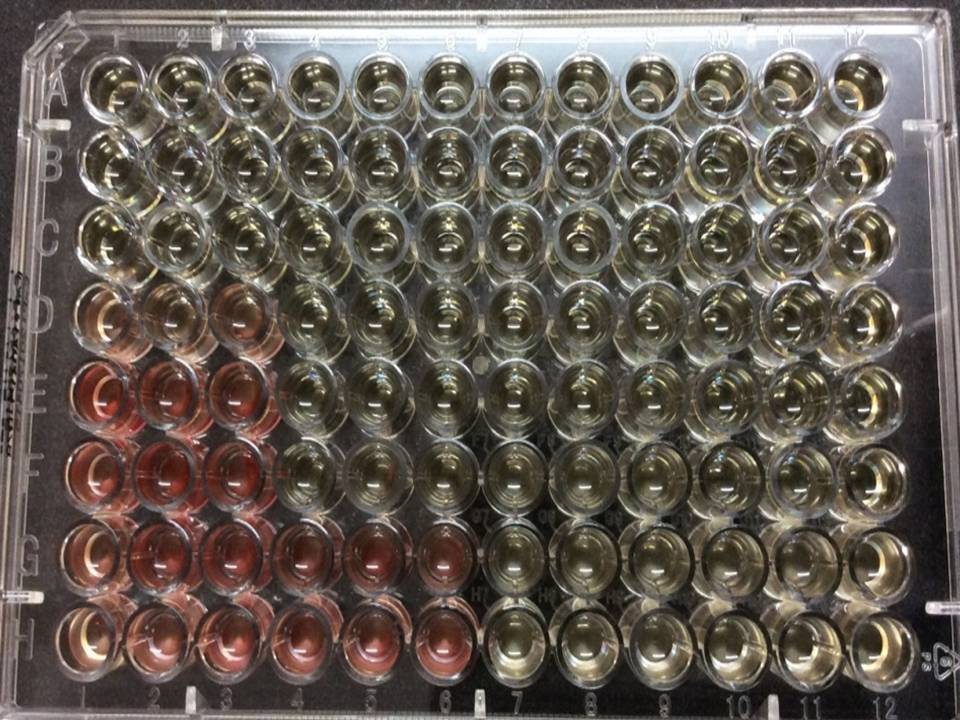Abstract
This study analyzed the antifungal activity of phytoconstituents from linalool on Candida spp. strains, in vitro, isolated from patients with clinical diagnoses of oral candidiasis associated with the use of a dental prosthesis. Biological samples were collected from 12 patients using complete dentures or removable partial dentures and who presented mucous with diffuse erythematous or stippled features, indicating a clinical diagnosis of candidiasis. To identify fungal colonies of the genus Candida, samples were plated onto CHROMagar Candida®. The antifungal activity of linalool, a monoterpene unsaturated constituent of basil oil, was performed using the broth microdilution technique. Then, the minimum inhibitory concentration (MIC), the two subsequent stronger concentrations and the positive controls were subcultured on Sabouraud Dextrose Agar plates to determine the minimum fungicidal concentration (MFC). The experiments were performed in triplicate and nystatin was used as a positive control in all tests. Diagnoses of oral candidiasis were verified in eight patients (66.6%) and the most prevalent fungal species was Candida albicans (37.5%), followed by Candida krusei (25.0%); and Candida tropicalis (4.2%). The best antifungal activity of linalool was observed on Candida tropicalis (MIC = 500 mg/mL), followed by Candida albicans (MIC = 1.000 mg/mL), and Candida krusei (MIC = 2.000 mg/mL).Under the study conditions and based on the results obtained, it can be concluded that the Candida strains tested were susceptible to linalool.
Keywords:
candidiasis; linalool; phytotherapy

 Thumbnail
Thumbnail
